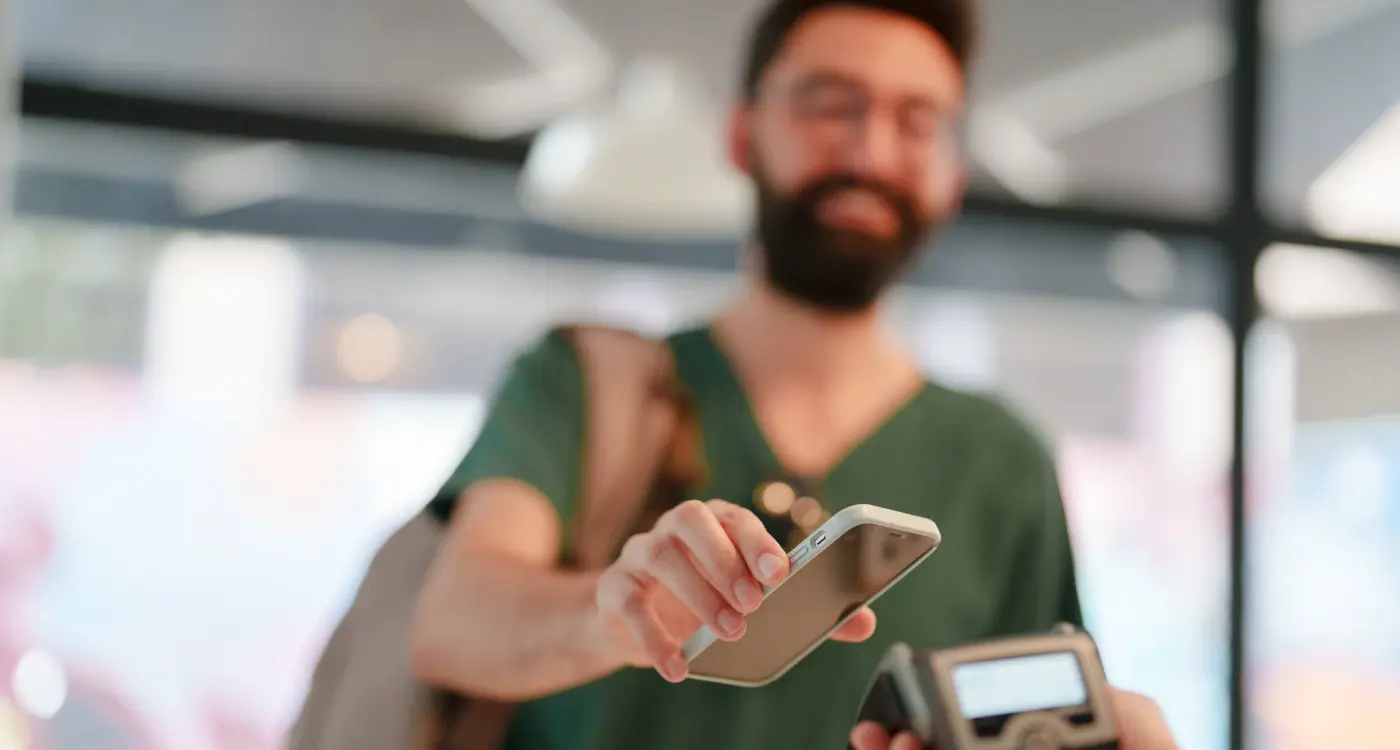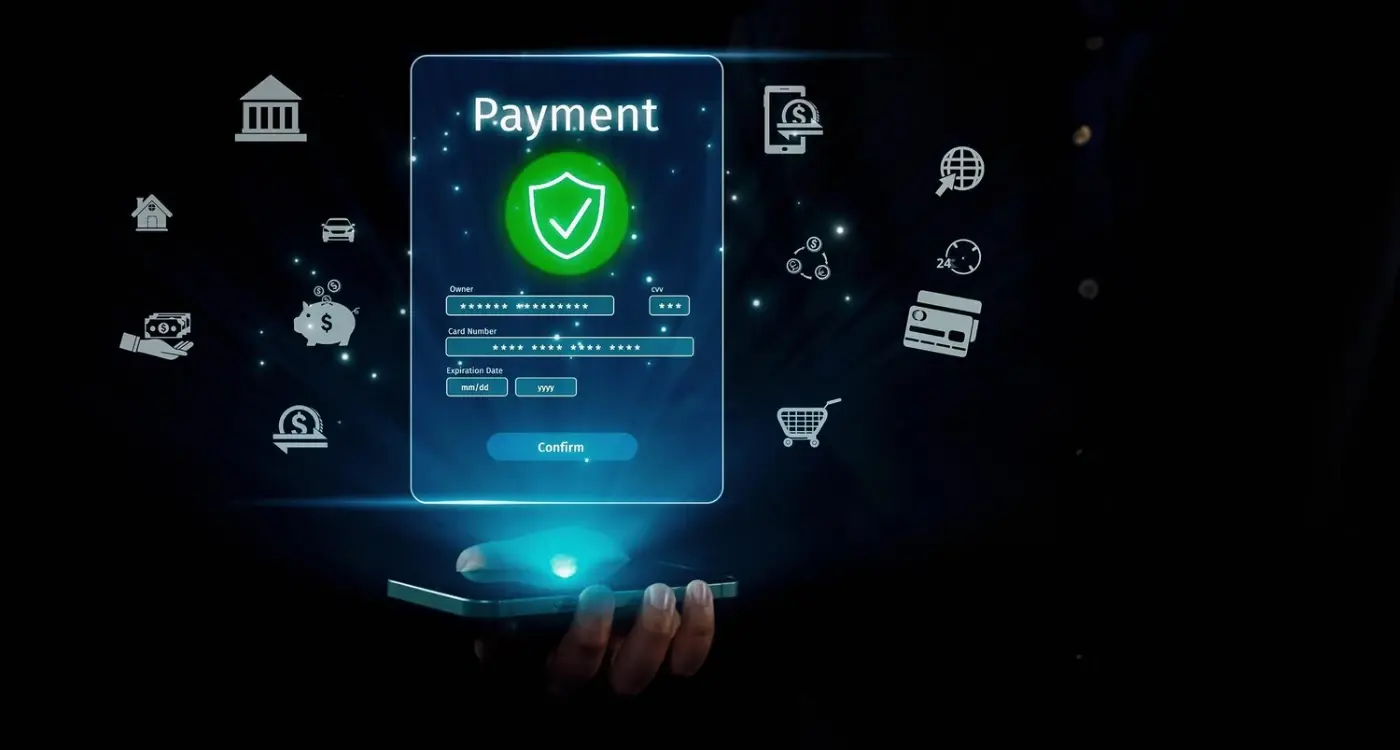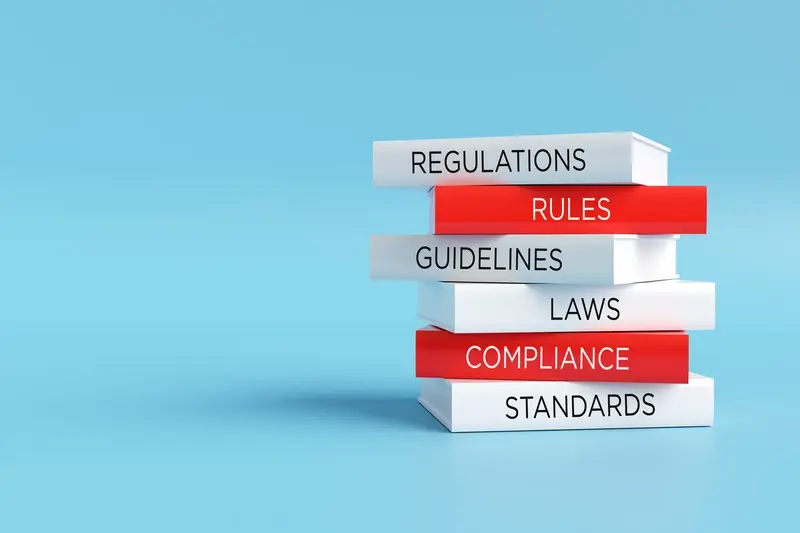How Do I Handle Online Payments Securely in My Restaurant App?
Restaurant apps handle money every single day, and that makes them a target for hackers who want to steal payment details. When customers tap their card details into your app to pay for their Friday night takeaway, they're trusting you with some of their most sensitive information—and if something goes wrong, it's not just their money at risk, it's your restaurant's reputation too.
The good news is that online payments don't have to be scary or complicated. Yes, there are rules to follow and security measures to put in place, but thousands of restaurant apps process payments safely every day. The key is understanding what you're dealing with and taking the right steps from the start.
Payment security isn't just about protecting your customers; it's about protecting your business from the devastating costs of a data breach
Most restaurant owners I work with assume that payment processing is some kind of dark magic that only tech wizards can understand. That's simply not true. While the technical details can get complex, the principles are straightforward—encrypt sensitive data, use trusted payment providers, and follow industry standards. What matters most is knowing which security features you need and how to implement them properly. This guide will walk you through everything from choosing a payment gateway to meeting legal requirements, giving you the knowledge to make smart decisions about your app's payment system. By the end, you'll understand not just what to do, but why you're doing it.
Understanding Payment Security Basics
Right, let's start with the fundamentals—what exactly makes a payment secure in your restaurant app? At its core, payment security is about protecting three things: your customers' card details, their personal information, and your business from fraud. Sounds straightforward, but there's quite a bit more to it than meets the eye.
When someone pays through your app, their sensitive data needs to be encrypted. Think of encryption like turning readable information into a secret code that only authorised systems can understand. Without proper encryption, card numbers and personal details travel across the internet in plain text—which is about as secure as shouting your bank details across a crowded restaurant.
The Three Pillars of Payment Security
There are three main areas you need to focus on. First is data encryption, which we've just touched on. Second is secure data storage—you need to make sure any information you keep is properly protected on your servers. Third is secure transmission, which means the journey between your customer's phone and your payment processor needs to be locked down tight.
What Happens When Things Go Wrong
I've seen what happens when businesses cut corners on payment security, and it's not pretty. Data breaches can cost thousands in fines, damage your reputation, and worst of all, put your customers at risk. The good news? Most security issues are completely preventable if you understand the basics and implement them properly from the start.
The key thing to remember is that payment security isn't optional—it's the foundation everything else builds on. Get this right, and your customers will trust you with their money. Get it wrong, and well, you might not have customers for much longer.
Choosing the Right Payment Gateway
Selecting the right payment gateway for your restaurant app isn't just about finding the cheapest option—it's about balancing cost, security, and user experience. After working with dozens of restaurant apps over the years, I've seen how the wrong choice can completely derail a project. The good news? There are some clear winners in the market that make this decision much easier.
Payment gateways act as the middleman between your app and the banks, handling all the complex bits of online payments whilst keeping your customers' card details safe. Popular options like Stripe, PayPal, and Square have become go-to choices for good reason—they're reliable, secure, and relatively straightforward to integrate into mobile apps.
Key Features to Look For
When evaluating payment gateways, you'll want to focus on these must-have features:
- PCI DSS compliance (this is non-negotiable)
- Support for multiple payment methods including cards, digital wallets, and contactless payments
- Reasonable transaction fees that won't eat into your profits
- Quick settlement times so you get paid faster
- Strong fraud detection tools
- Easy-to-use mobile SDKs for smooth app integration
Don't forget to check if your chosen gateway supports the payment methods your customers actually want to use. Apple Pay and Google Pay are becoming increasingly popular for restaurant apps.
Cost Considerations
Transaction fees vary wildly between providers, so do your homework. Some charge a flat rate per transaction, others use tiered pricing based on volume. Factor in setup fees, monthly charges, and any hidden costs like chargeback fees. Remember—the cheapest option isn't always the best if it compromises on security or reliability.
Implementing Strong Data Protection
Data protection isn't just about ticking boxes—it's about keeping your customers' most sensitive information safe from hackers and criminals. When someone pays for their meal through your restaurant app, they're trusting you with their card details, personal information, and sometimes even their address. That's a big responsibility.
The foundation of good data protection starts with encryption. Think of encryption like a secret code that scrambles all the information so only authorised people can read it. Your app should encrypt data both when it's being sent (like when a customer enters their card number) and when it's stored on your servers. Most payment gateways handle this automatically, but you need to make sure your own app's data storage follows the same security standards.
Key Protection Methods
- Use SSL certificates to encrypt all data transfers
- Store payment data using tokenisation—replacing card numbers with random tokens
- Never store CVV codes or full card numbers on your servers
- Regular security updates for your app and backend systems
- Access controls so only necessary staff can view sensitive data
Tokenisation is particularly clever. Instead of storing actual card numbers, your system stores meaningless tokens that only your payment processor can decode. Even if someone breaks into your database, they can't steal real card details.
Regular Security Maintenance
Data protection isn't a one-time setup. You'll need regular security audits, software updates, and monitoring systems that alert you to suspicious activity. Many restaurant owners forget about this ongoing maintenance, but it's what keeps your customers safe long after launch.
Adding User Authentication Features
User authentication is your restaurant app's bouncer—it decides who gets in and who doesn't. When customers are making online payments, you need to be absolutely certain they are who they claim to be. This isn't just about keeping bad actors out; it's about protecting your legitimate customers' money and personal information.
The most basic form of authentication is the username and password combination, but let's be honest—that's not nearly enough for payment processing anymore. Your customers are entering credit card details and personal information that criminals would love to get their hands on. You need multiple layers of protection working together.
Multi-Factor Authentication
Multi-factor authentication (MFA) adds an extra step to the login process. After entering their password, users might receive a text message with a code or use their fingerprint. Yes, it's one more step for customers, but it's worth it. Even if someone steals a password, they still can't access the account without that second factor.
Biometric Options
Modern smartphones come packed with biometric sensors—fingerprint readers, face recognition, even voice recognition. These aren't just fancy features; they're powerful security tools. A fingerprint is much harder to steal than a password, and it's always with your customer.
The strongest authentication combines something you know, something you have, and something you are
Don't forget about session management either. If someone leaves their phone unlocked in a café, you don't want their payment app to stay logged in forever. Set reasonable timeouts and require re-authentication for sensitive actions like making payments or changing account details.
Meeting Legal Requirements and Standards
When you're handling payments in your restaurant app, there are several legal requirements you absolutely must follow. The most important one is PCI DSS compliance—that's the Payment Card Industry Data Security Standard. Think of it as a set of rules that tells you how to handle credit card information safely. If you don't follow these rules, you could face hefty fines and lose the ability to process payments altogether.
Your app also needs to comply with data protection laws like GDPR if you serve customers in Europe, or CCPA if you're dealing with California residents. These laws give people control over their personal information and require you to be transparent about how you collect, store, and use their data. You'll need a clear privacy policy that explains what information you gather and why.
Key Legal Standards to Follow
- PCI DSS Level 1 compliance for secure payment processing
- GDPR compliance for European customers' data protection
- Strong customer authentication (SCA) for transactions over £30
- Clear terms and conditions for your payment service
- Proper data retention and deletion policies
- Regular security audits and vulnerability assessments
Documentation You'll Need
Keep detailed records of your security measures and compliance efforts. This includes security certificates, audit reports, and proof that you're following all the required standards. If something goes wrong—or if regulators come asking questions—you'll need to show that you've been doing everything by the book.
Don't try to handle all this legal stuff on your own. Work with a payment processor that's already compliant with these standards, and consider getting legal advice to make sure you're covering all your bases. It might cost more upfront, but it's much cheaper than dealing with fines or data breaches later on.
Testing Your Payment System
Right, let's talk about testing your restaurant app's payment system—and I mean really testing it, not just checking it works once and calling it a day. This is where you'll catch problems before your customers do, which trust me, is much better for everyone involved.
Start with sandbox testing using your payment gateway's test environment. Every decent payment processor provides this; it's like a practice area where you can run fake transactions without touching real money. You'll want to test different card types, expired cards, declined payments, and various amounts. Don't just test the happy path where everything works perfectly—test the messy stuff too.
Essential Payment Security Tests
- Invalid card numbers and CVV codes
- Expired payment methods
- Network timeouts and connection issues
- Different payment amounts including very small and large sums
- Refund and cancellation processes
- Multiple payment attempts in quick succession
Always test your payment system on actual devices, not just simulators. Real-world conditions like poor network connectivity can reveal issues that desktop testing might miss.
Once you're confident with sandbox testing, move to small-scale live testing with real payments—start with tiny amounts like 1p transactions if your gateway allows it. Get your team to place actual orders and watch how the system behaves under real conditions.
User Experience Testing
Don't forget about the user side of things. Test how your app handles payment errors gracefully—does it show helpful messages or just crash? Can users easily retry failed payments? The technical side might work perfectly, but if customers can't figure out how to complete their purchase, you've got a problem.
Keep detailed logs of all your test results. When something goes wrong in production (and it will), you'll be glad you documented everything properly during testing.
Handling Common Security Problems
Even with the best planning, security issues can pop up in restaurant apps—and trust me, they will. The key is knowing how to spot them quickly and fix them before they become bigger headaches. Most problems fall into predictable categories that every app developer sees at some point.
Payment failures are probably the most common issue you'll face. Customers get frustrated when their card gets declined for mysterious reasons, or worse, when they're charged twice for the same order. These problems usually stem from poor error handling or timeout issues with your payment gateway. Make sure your app clearly explains what went wrong and gives customers easy options to try again.
Data Breaches and Response Plans
Data breaches are every restaurant owner's nightmare, but they're not always as dramatic as the headlines suggest. Sometimes it's just a customer who can see another person's order history—still serious, but manageable. The trick is having a proper incident response plan ready before anything goes wrong.
Your response plan should include immediate steps to contain the problem, assess what data might be affected, and communicate with customers if needed. Don't panic and definitely don't try to hide it; transparency builds trust even during difficult situations.
Common Warning Signs to Watch For
Keep an eye out for these red flags that suggest security problems:
- Unusual spikes in failed payment attempts
- Customer complaints about unexpected charges
- Strange login patterns or multiple failed authentication attempts
- Slower than normal app performance during payment processing
- Error messages that reveal too much technical information
Regular monitoring helps you catch problems early. Most security issues are much easier to fix when you spot them quickly rather than waiting for customers to complain.
Conclusion
Getting online payments right in your restaurant app isn't just about ticking boxes—it's about building trust with your customers. When people feel confident that their payment details are safe, they're more likely to use your app again and again. That's what keeps your business growing.
The work doesn't stop once you've implemented your payment system though. Security threats change all the time, and so do the rules around handling payments. Regular updates to your app, ongoing security testing, and staying current with compliance requirements are part of running a successful restaurant app. It might seem like a lot of work, but it's what separates the apps that thrive from those that struggle.
Payment processing has come a long way in recent years. The tools and technologies available now make it much easier to build secure payment systems than it was even five years ago. The payment gateways we discussed offer robust security features right out of the box, which means you don't have to build everything from scratch.
Your customers expect their payment experience to be smooth and secure. They want to pay quickly without worrying about their card details being stolen or misused. When you get this balance right—fast payments that are also secure—you've solved one of the biggest challenges in restaurant app development.
The investment you make in secure payment processing will pay off through customer loyalty, reduced fraud, and fewer headaches down the road. Your restaurant app will be stronger for it.
Share this
Subscribe To Our Learning Centre
You May Also Like
These Related Guides

How Do I Handle Ticket Sales and Payments Securely in My Event App?

How Do I Connect My App to Payment Systems Safely?



